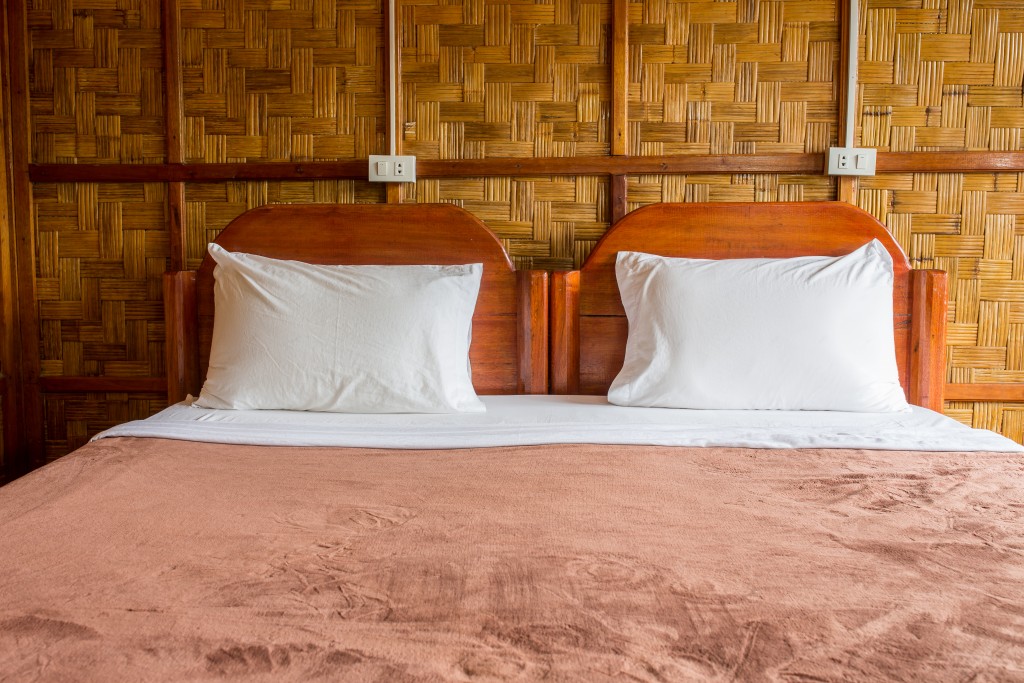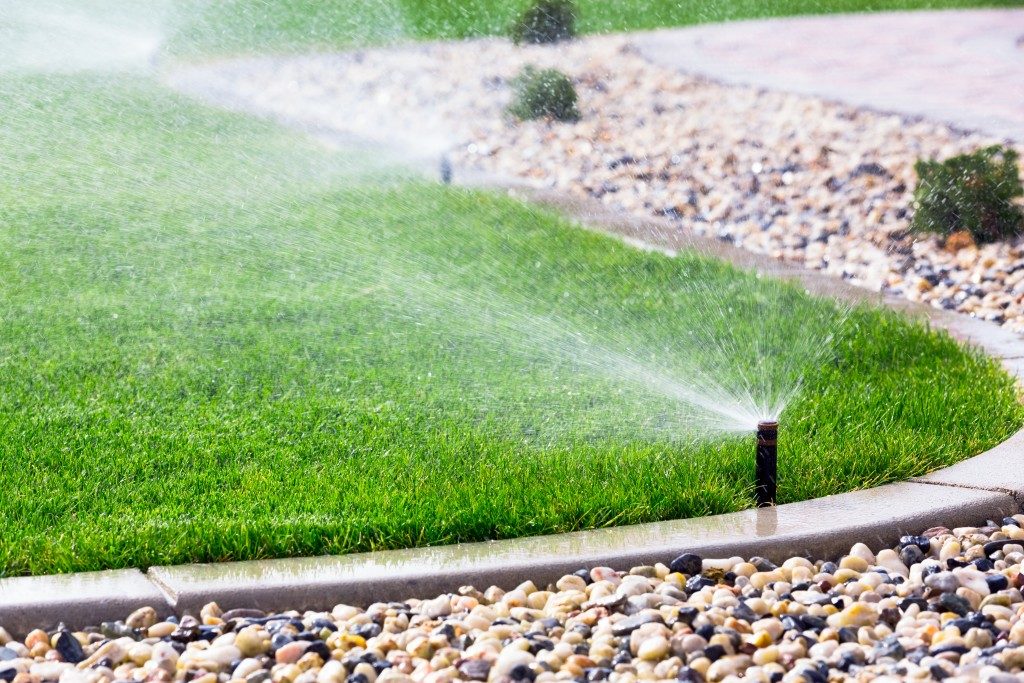Home maintenance is one of the most difficult responsibilities of a property owner. Aside from the annual home maintenance checklist, you also need to keep your home free from household pests. Making your home pest-free would make you think of the best pest control right away. However, there are other factors that would make your home attractive or repulsive to pests. There are preventive measures that any homeowner could do before they seek assistance from a specialist.
One factor that would influence pest control is also home interior design, and whether the materials for your furnishings are suitable for your climate and daily habits. Wood could attract termites and ants if not treated properly, while poor quality materials could make any home a target for rodents and other wild animals.
Another factor is daily sanitation and maintenance, and it all depends on what homeowners know about pest control and home management. It is best that you have the general knowledge of pest management to secure your home. Here are some tips to keep your home pest-free:
Adopt natural predators.
If you have the predators of the common pests in your home or backyard, they can help you monitor your place and hunt down pests when you are not in the watch. Even cats and dogs in your home can help you keep your place pest-free.
Clear the foundations.
Foundations of a building are the spots connected to the ground. They are the usual entry points of pests. Clearing the foundations every now and then can help prevent an infestation.
Dispose of trash properly.
Trash is an invitation for pests to thrive in your place. Keeping your place clean and disposing of your wastes properly can help protect your home. Secure your trash containers indoors and outdoors and schedule when disposal should be done. It would be better if you can work out waste segregation.
Do not feed the bugs.
Clean your kitchen, clear your sink, dispose of all possible items that bugs can feed on. Clear your place of clutter, leftovers, unfinished pet food, and other sources of food for pests. Use a pump for ponds and dispose of stagnant water to stop them from thriving in water sources. They might reach your place, but without access to food, they will not settle into your home.
Seal all unwanted openings.
Large openings should be fully covered. Even the space between doors and door frames should be sealed. There shouldn’t be space between windows and sills. Make sure that pipe and wire penetrations through walls do not leave holes where bugs can pass through. Repair the cracks on your walls, and keep the pests outside.
Maintain your backyard.

If you have woodpiles or debris in your yard, keep them far from your house if you still need them. They could serve a habitat for pests. If they are of no use, dispose of them properly. Trim tree limbs and branches that can reach your roof. Pests can use them to access your roof, and eventually your attic. Mow your lawn regularly to keep it free from ants, ticks, and fleas. Short grass and weeds will not allow them to thrive.
Place additional screens.
It is wise to conserve energy and rely on natural ventilation. However, opening your windows and doors can allow entry of pests into your home. Keep them outside by placing screens that you can keep shut even if you open your windows and doors for fresh air.
Consider setting up a garden.
Create a garden with strong-smelling plants. Make sure that you include those that pests hate to smell so that they will stir away from your place.
These are just some of the do’s and don’ts in keeping your home pest-free. You can always ask for a specialist to help you, but never forget that consistent management of your household against pests is your responsibility.









